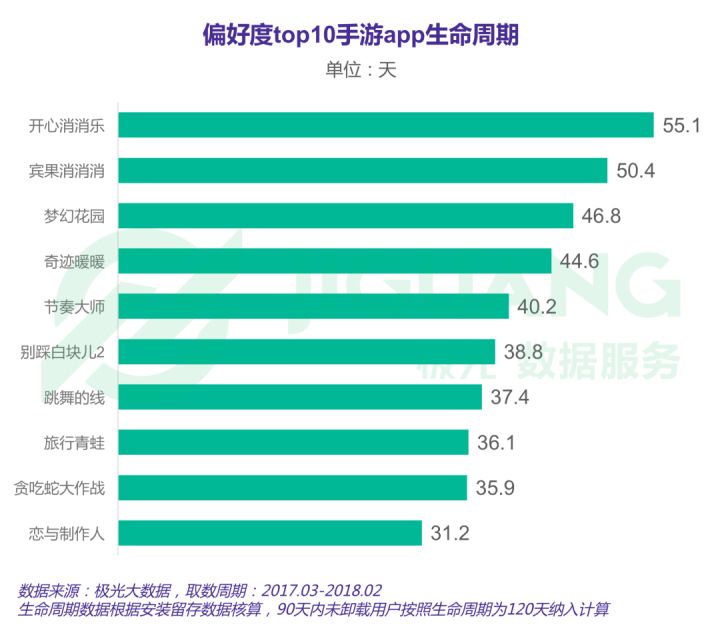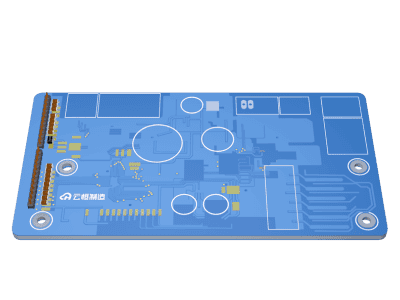TheEvolutionaryBeatsofIndustrialElectronicMusic(工业电子音乐英文)
Industrial electronic music, a genre born out of the experimental music scene in the late 1970s and early 1980s, has since blossomed into a multifaceted soundscape. Rooted in the mechanical rhythms and harsh noises of the industrial revolution, this style initially repurposed found sounds into musical compositions. As technology advanced, synthesizers and drum machines became integral in crafting its characteristic dark, often dystopian atmosphere. Today, it continues to thrive as artists push boundaries, integrating digital elements and exploring new sonic territories.
Cultural Impact and Subcultures
The cultural influence of industrial electronic music extends far beyond the clubs and underground scenes of its origins. It has influenced fashion, with its aesthetic adopted by subcultures such as goth, cyberpunk, and rave culture. Moreover, this music has shaped the visual arts, inspiring everything from album art to music videos. Its provocative nature has also led to discussions about societal norms and artistic expression, encouraging listeners to question their surroundings.
Technological Advancements and Evolution
The evolution of industrial electronic music is closely linked to technological advancements. Early pioneers like Kraftwerk and Tangerine Dream used synthesizers to create eerie soundscapes, paving the way for later acts to experiment with samplers and sequencers. The advent of digital production tools allowed for greater sound manipulation, leading to more complex arrangements and textures. Modern producers now rely on software like Ableton Live and Max/MSP to craft intricate compositions in their studios filled with vintage synthesizers and cutting-edge computers.
Genre Fusions and Diversity
Industrial electronic music's adaptability and ability to absorb influences from other genres have kept it relevant over time. It has merged with techno, ambient, and even rock, creating sub-genres such as electro-industrial and dark ambient. This fusion not only diversifies the sound but also broadens its appeal, making it accessible to a wider audience without losing its core characteristics.
Artistry and the Creative Process
Behind the precision of industrial electronic music lies the artistry and creative process of its producers. Drawing inspiration from personal experiences and broader societal issues, these creators translate them into auditory narratives. Their studios are a mosaic of equipment, from vintage synthesizers to modern computers, used to craft sonic landscapes. Despite the heavy reliance on technology, the emotional depth and raw energy of the music remain testament to the human touch behind its creation.
Global Scene and Community
The global industrial electronic music scene is a vibrant community of artists, DJs, and fans who gather at festivals, clubs, and online platforms. These gatherings foster collaboration and idea exchange, creating an environment where innovation thrives. Online forums and social media play a crucial role in connecting like-minded individuals across the world, allowing knowledge sharing and mutual support. This community is vital in sustaining the genre's momentum and ensuring its continued growth.
Thematic Exploration in Industrial Electronic Music
This genre is renowned for its thematic exploration, often delving into themes of urban decay, social critique, and introspection. Artists weave stories through their music, using it as a canvas to depict the complexities of existence. Some tracks evoke feelings of isolation or contemplation, while others channel anger or resistance against societal norms. This depth of content enriches the listening experience, providing a narrative that accompanies the music's intense soundscape.
Live Performances and Visual Components
Live performances of industrial electronic music are transformative experiences, combining the power of the music with captivating visual components. From elaborate light shows to projection art and interactive installations, these elements enhance the sensory impact of the event. DJs and live acts push the boundaries of what can be achieved in a live setting, using technology to create immersive environments that blur the line between performer and audience. Such performances highlight the genre's commitment to innovation and spectacle.
Pioneers and Modern Proponents
The history of industrial electronic music is dotted with pioneering artists like Throbbing Gristle and Skinny Puppy who broke new ground with their experimental approaches. Today, modern proponents build upon this foundation, incorporating fresh perspectives and techniques while paying homage to the roots of the genre. They ensure that industrial electronic music remains a dynamic and evolving force in contemporary music.




















